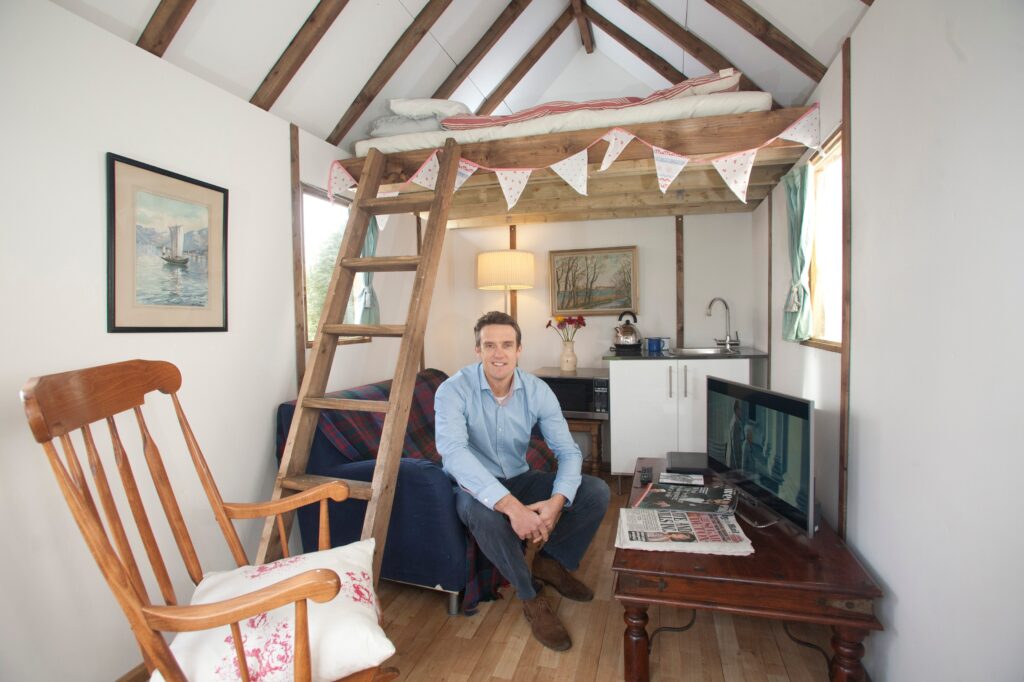Letölthető tartalmak
Listen to the information about international trade. Write short notes (1-5 words). An example is done for you. At the end of the recording you will have two minutes to read through and check your answers. You will hear the information twice. You have one minute to look at the notes below.
Business Demand
Example: Brazilian imports to USA: raw materials, agricultural goods
Xtek business area 1) ………………..
Xtek skilled workforce: 2) ………………..
All their products are 3) ………………..
Their main South American business partner 4) ………………..
International business for Xtek started 5) ………………..
US market growth 6) ………………..
Bigger market growth can be achieved 7) ………………..
Company policy in the last 15 years 8) ………………..
———————————————————————————————
Full text:
Business Demand
Have you ever used a “good” that was produced in Brazil? If you drink orange juice, wear leather shoes, or ride a school bus, you probably have. Every day, Brazilian raw materials and agricultural goods are imported into the United States. And in return, capital goods made in the United States are exported to Brazil. By engaging in international trade, the United States and Brazil help each other satisfy the wants of their consumers.
Xtek is a Cincinnati, Ohio-based company that designs and manufactures specialty products for the steel industry. We have about 300 people, approximately 130 of whom are skilled machine operators who run highly complex, highly sophisticated metal manufacturing equipment. And we have 30 engineers who actually design our products for our customers. Everything we do is a custom-made product.
I think the thing that separates us from our competitors is really our ability to analyze a problem and design a solution and then to apply our heat-treating concepts that really grew out of our history, our legacy as a company. We think those are the two things that really give us an edge when we get into the competitive marketplace.
We do business internationally. 20% of our business is done outside of the United States, Canada, and Mexico. The heaviest concentration’s in South America especially Brazil, and to a lesser extent, Argentina and Venezuela.
The foreign steel producers came to the United States in the two decades following World War II, to learn how the U.S. producers were producing steel. When they came into those mills – the U.S. mills – they saw that Xtek products were being used in the mills by the U.S. producers. So when they went back to figure out how they could increase the production and the quality in their product, they began to contact us to see if we couldn’t apply some of the same techniques we’ve been applying to the U.S. mills.
Well, the U.S. market for our products – that is the aluminium mills and the steel mills – is basically a mature market. It grows at about the rate of our growth in our overall economy. So it may be two or three or four per cent, whatever the rate of growth in the economy would be. If we want to have a ten percent sales growth, or something in excess of the three or four percent, we really have to look for other markets and other opportunities. And really, today, the steel industry is a worldwide marketplace.
In the last 15 years in particular, we’ve really made a special effort to expand our business internationally, increased our sales presence and our sales coverage. And it really made, we think, some nice strides in doing business with customers really all around the world.
source: www.producingohio.org
——————————-
answers:
1-steel industry/steel manufacturing 2-about 130 skilled machine operators 3-custom-made/specially designed for customers 4-Brazil 5-after World War II 6-2-4 per cent 7-on the international market/by trading internationally/through international trade 8-international expansion/international trade/increased international sales






